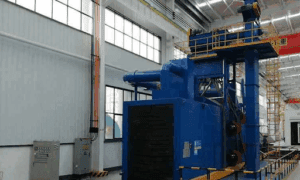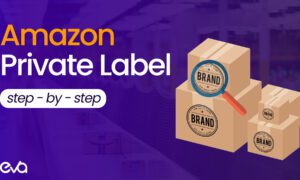For years, the de minimis exemption — also known as Section 321 — made it easier for e-commerce brands to ship low-value goods across borders without paying import duties. But as global trade patterns shift, the U.S. government is rethinking this policy, and the changes could reshape how online sellers handle fulfillment and customs clearance.
Here’s what the end of the de minimis exemption means, why it matters, and how e-commerce businesses can adapt — fast.
What Was the De Minimis Rule?
Under the de minimis rule, any imported shipment valued at under $800 USD could enter the United States duty-free and without formal customs entry.
This policy became a cornerstone of global e-commerce, especially for direct-to-consumer (DTC) brands and dropshippers importing small packages from overseas. It made international fulfillment cheaper, faster, and less bureaucratic.
In simple terms:
If your package was worth less than $800, you didn’t have to pay duties — and customs clearance was automatic.
What’s Changing in 2025
In response to growing import volumes and supply chain transparency concerns, the U.S. is now phasing out or restricting the de minimis exemption, especially for goods shipped from certain countries with high trade volumes.
Key updates include:
- Shipments below $800 may now require formal customs entry and duty payment.
- U.S. Customs and Border Protection (CBP) will expand data collection and verification.
- E-commerce sellers must ensure accurate declarations, valuation, and classification for all shipments.
These changes mean more administrative work, slower clearance, and potentially higher costs for brands that relied on duty-free imports.
Also Read: How to Calculate Duties Without the De Minimis Threshold
Why This Matters for E-Commerce Brands
The elimination of de minimis status impacts both profitability and customer experience.
- Higher landed costs:
Importers may now face duties, taxes, and brokerage fees on every shipment — increasing per-unit costs. - Longer shipping times:
Without automatic clearance, shipments could experience customs delays, slowing down delivery times. - New compliance responsibilities:
Accurate HS classification, valuation reporting, and documentation become essential to avoid penalties or shipment holds. - Shifting competitive landscape:
Brands with U.S.-based warehousing or automated brokerage systems will now have a clear advantage over manual or unprepared competitors.
How E-Commerce Brands Can Adapt
Forward-thinking brands are already optimizing their logistics models to stay compliant and competitive. Here’s how to prepare:
1. Use a Digital Customs Brokerage Platform
Manual customs processes slow down e-commerce fulfillment. That’s why modern importers are turning to digital-first brokerage platforms like Clearit Canada — a 100% online customs clearance solution with no human interaction required.
Our platform automates every step of the process — from import declaration to duty calculation and payment — helping e-commerce sellers maintain compliance while saving time and costs.
2. Store Inventory Closer to Customers
Consider U.S.-based warehousing or bonded zones to eliminate cross-border clearance on every order. This enables faster fulfillment and cost predictability.
3. Review Product Classification and Valuation
Ensure all products are correctly classified under the Harmonized System (HS) codes. Small errors can result in duty overpayments or compliance penalties under stricter enforcement.
4. Update Pricing and Shipping Policies
As import costs rise, rework your product pricing and shipping strategies to maintain profitability without hurting customer experience.
5. Monitor Customs Policy Updates
The trade landscape is evolving. Stay informed through CBP announcements, trade advisories, or updates from Clearit Canada’s blog to anticipate policy shifts before they affect operations.
Why Automation Is the Future of Customs
As global regulations tighten, automation isn’t optional — it’s essential.
Digital brokerage systems like Clearit Canada give businesses full visibility, real-time processing, and accurate duty management without relying on human intermediaries.
The result?
- Zero waiting time for broker communication
- Seamless data-driven compliance
- Instant customs clearance for approved shipments
Automation allows e-commerce brands to scale globally with confidence, even as the trade environment becomes more complex.
The Bottom Line
The end of the de minimis exemption marks a turning point in global e-commerce logistics. While some brands will struggle with higher costs and slower fulfillment, those embracing digital customs solutions will stay ahead of the curve.
At Clearit Canada, we empower importers and online sellers with a fully automated, end-to-end customs brokerage platform — eliminating manual steps, reducing clearance time, and ensuring compliance with the latest trade regulations.
As the rules change, efficiency and automation will define the next generation of cross-border commerce — and Clearit Canada is leading that transformation.



































